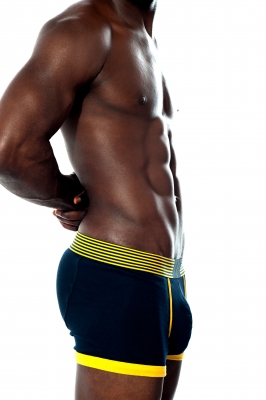Have you been thinking about doing kegel exercises? You might find it a helpful motivator to know all the benefits the exercises might bring you.
While standard exercise delivers a bounty of health benefits, such as improved circulation, better stamina, and increased strength, there is one very important muscle that is overlooked: the Pubococcygeus, otherwise known as the PC muscle. A few focused minutes on this muscle each day—that is, doing male Kegels—could yield some serious long-term results.
How Kegel exercises benefit men
Leaky bladder: you think you’re finished urinating, everything’s tucked away, but then it turns out there’s a little more —Kegels can help, and they’ll prevent future issues with incontinence. They will also increase blood flow to the area, which should help you get and maintain better erections.
How to locate the PC muscle
To isolate the muscle, pay attention the next time you’re in the bathroom. About midway through urinating, stop or slow down the flow. Do so without holding your breath, and without using any nearby muscles, like the legs, abs, or butt. Alternatively, you can also imagine you’re stopping the passing of gas. If you feel that pulling sensation—being careful not to contract any other muscles—then you’ve successfully isolated the PC.
How to do male Kegels
A standard male Kegel workout consists of contracting the PC muscle for a slow count of five, then releasing for another slow count of five. You should repeat these steps ten times, and then repeat the entire process once or twice each day. It’s as simple as that.
You may want to first try these lying down, and only contract for a count of two to three. After 3-4 weeks of doing them horizontally, try standing up and doing the process outlined above.
Once that gets too easy, consider adding in advanced maneuvers like extended contraction times of 10-20 seconds or longer, or try “fluttering” the PC muscle. Remember: Don’t tighten any other muscles.
When to expect results
Bladder control and blood flow should improve incrementally after three weeks. Results may not be obvious at first; keep in mind that you’re doing these Kegel exercises for their long-term, ongoing benefits.












